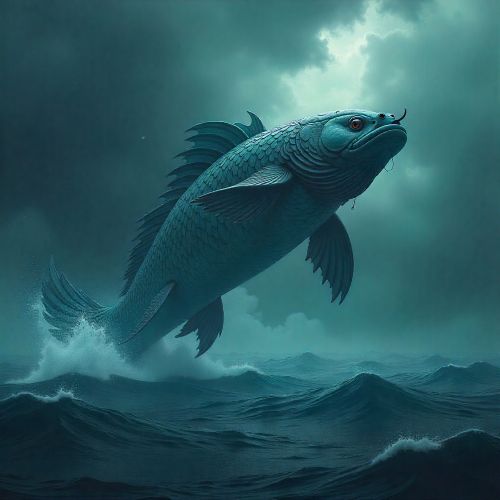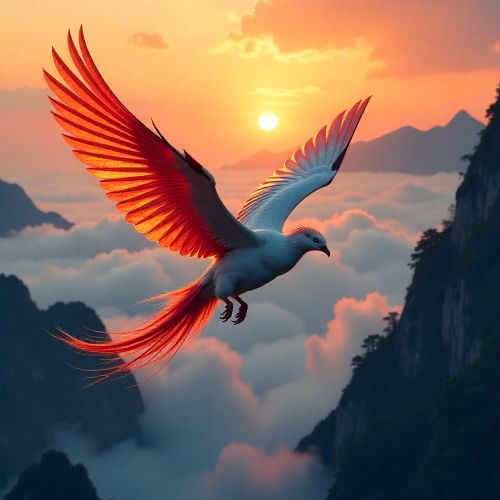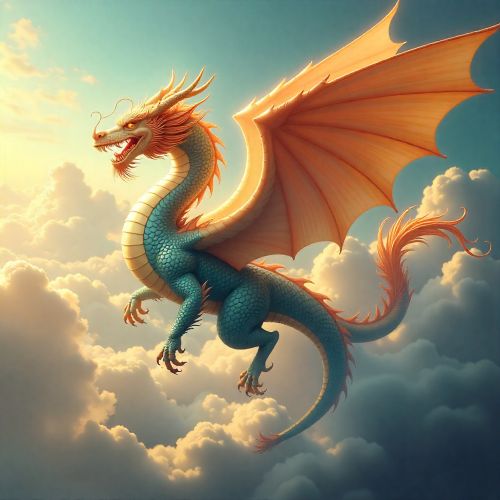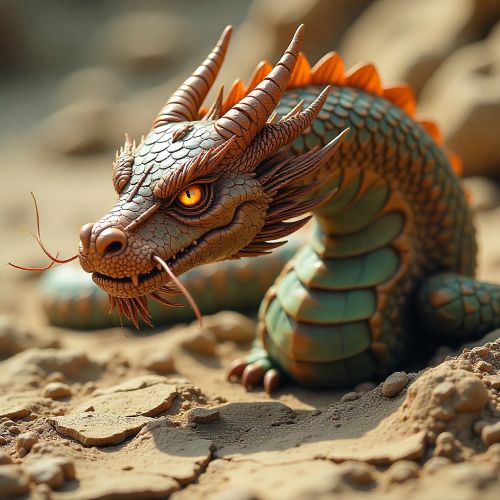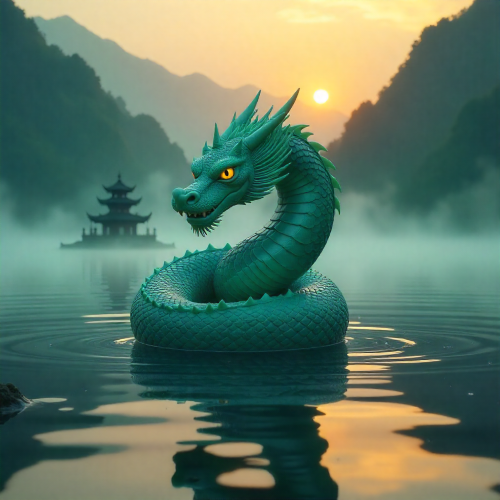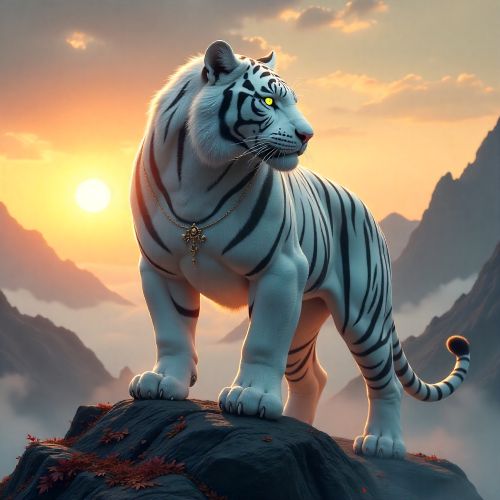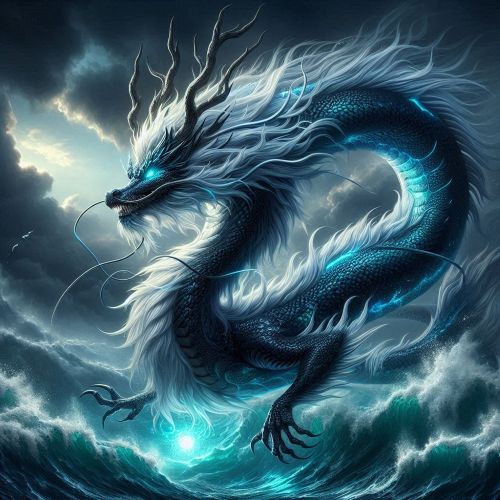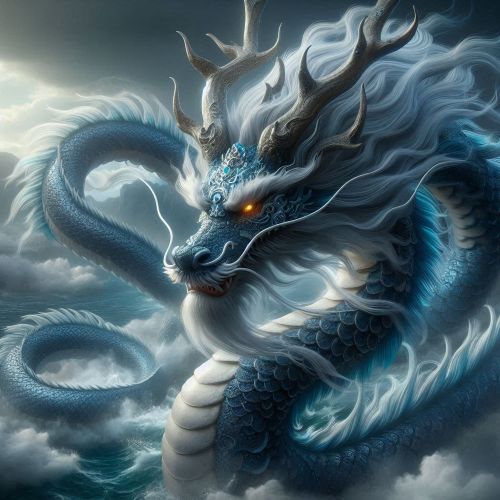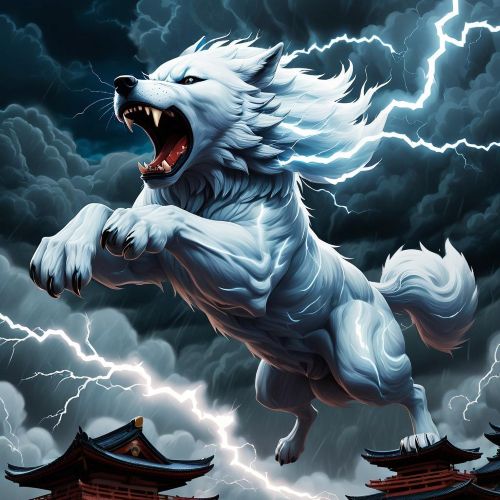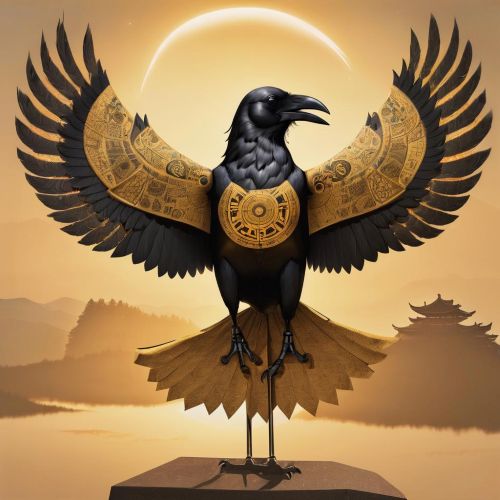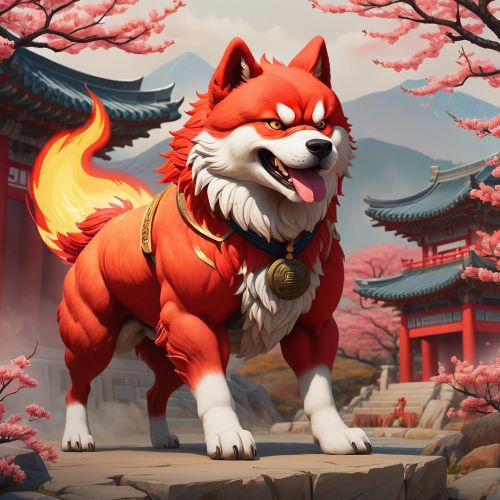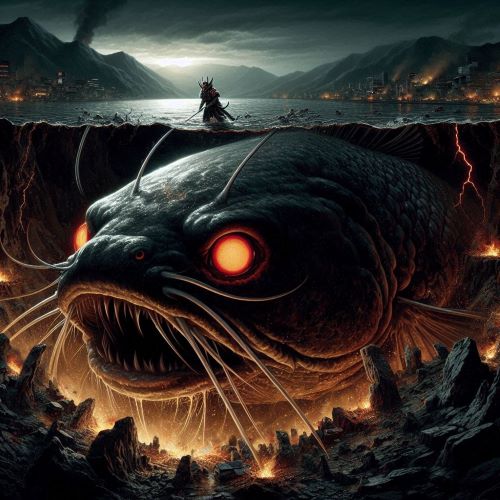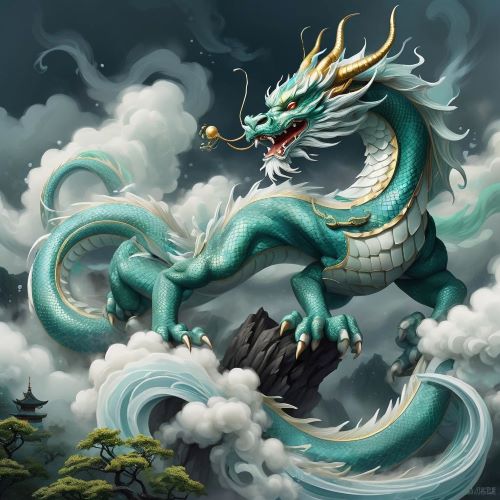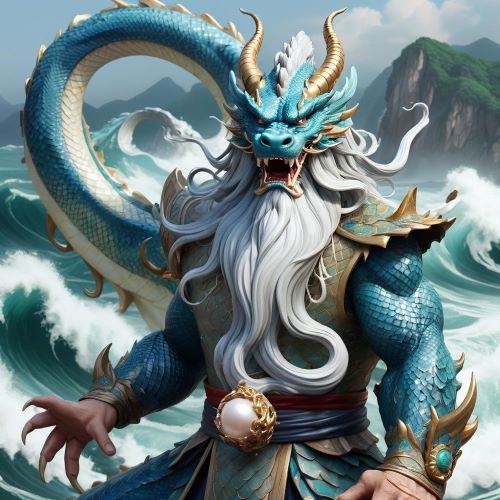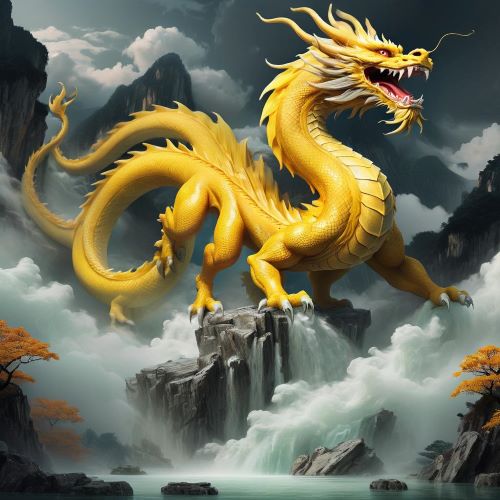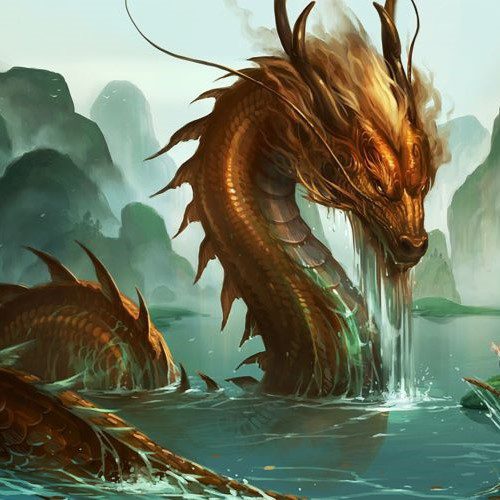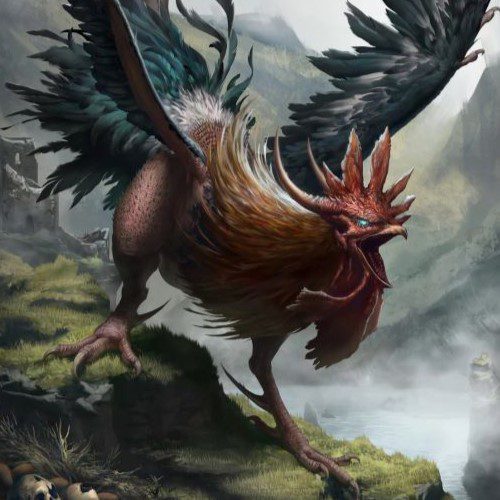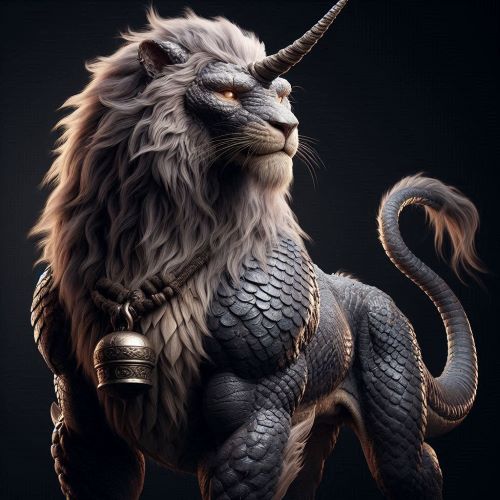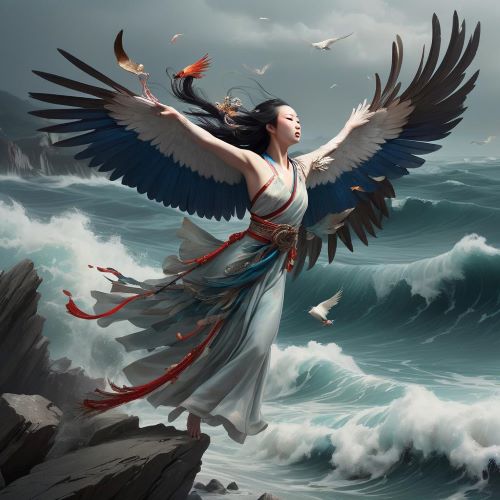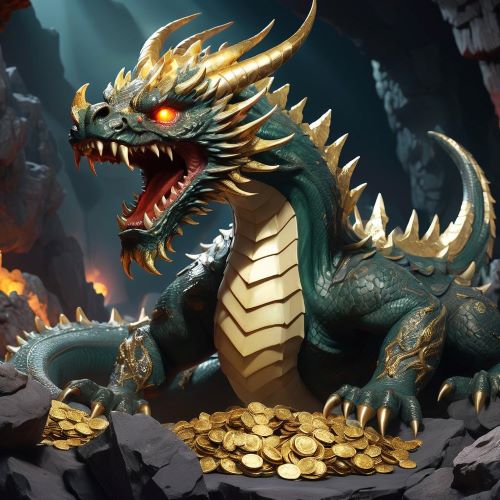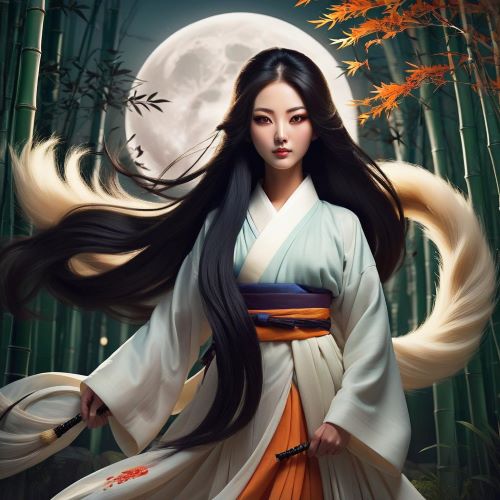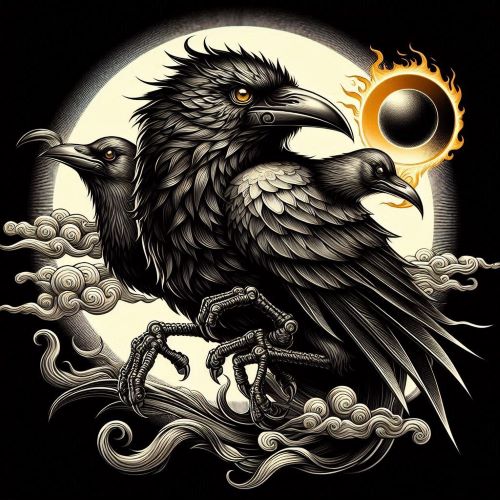East Asian Animals
East Asian Animals in mythology play a central role in shaping cultural beliefs, spiritual practices, and traditional stories across China, Japan, Korea, and Vietnam. These creatures are not only seen as part of the natural world but also as powerful beings with mystical qualities, often bridging the gap between humans and the divine. Their presence in folklore represents values such as strength, wisdom, loyalty, and balance, while also embodying forces of nature like water, fire, wind, and earth. East Asian Animals are revered in legends that teach moral lessons, guide rituals, and provide symbolic meaning in daily life.
Chinese mythology is particularly rich with stories of East Asian Animals, featuring both real and mythical creatures that hold symbolic power. The dragon is perhaps the most iconic, representing authority, prosperity, and control over water and weather. The phoenix stands for renewal and harmony, while the qilin is a symbol of justice and benevolence. Even ordinary animals like the tiger, crane, and tortoise carry deep spiritual meanings, with each one woven into myths that highlight balance and the cyclical nature of existence. These creatures are often depicted as guardians of the natural order, protectors of sacred spaces, and messengers between realms.
In Japan, East Asian Animals appear in Shinto and Buddhist traditions as well as in folktales. The fox, or kitsune, is one of the most well-known, often portrayed as a trickster with shape-shifting powers but also as a divine messenger of the rice god Inari. The turtle, symbolizing longevity, and the crane, representing peace and good fortune, feature prominently in cultural stories and rituals. Other creatures, such as serpents and dragons, embody natural forces, connecting the human world to the spiritual. These animals often serve as both protectors and challengers, testing human courage and integrity.
Korean mythology also highlights East Asian Animals, blending them with local beliefs and shamanic traditions. The dragon in Korean culture is seen as a benevolent guardian of water and agriculture, while tigers are portrayed as protectors of the people, embodying courage and strength. Cranes, tortoises, and phoenixes also appear in myths and legends, each representing ideals of prosperity, wisdom, and eternal life. Vietnamese traditions share many of these animal symbols, with dragons, turtles, and phoenixes playing key roles in stories of creation, protection, and national identity. These creatures often embody the unity of people and nature, acting as both cultural emblems and mythological figures.
Today, East Asian Animals continue to influence art, literature, popular culture, and spiritual practices. From festivals that celebrate their symbolism to modern films, anime, and video games that reimagine their powers, these mythical animals remain vibrant parts of cultural identity. They symbolize timeless values while offering inspiration for new generations who look to mythology for guidance and creativity. Exploring the myths of East Asian Animals allows us to understand how deeply these creatures are woven into the fabric of tradition, serving as enduring symbols of power, wisdom, and the sacred bond between humanity and nature.
East Asian Animals in mythology play a central role in shaping cultural beliefs, spiritual practices, and traditional stories across China, Japan, Korea, and Vietnam. These creatures are not only seen as part of the natural world but also as powerful beings with mystical qualities, often bridging the gap between humans and the divine. Their presence in folklore represents values such as strength, wisdom, loyalty, and balance, while also embodying forces of nature like water, fire, wind, and earth. East Asian Animals are revered in legends that teach moral lessons, guide rituals, and provide symbolic meaning in daily life.
Chinese mythology is particularly rich with stories of East Asian Animals, featuring both real and mythical creatures that hold symbolic power. The dragon is perhaps the most iconic, representing authority, prosperity, and control over water and weather. The phoenix stands for renewal and harmony, while the qilin is a symbol of justice and benevolence. Even ordinary animals like the tiger, crane, and tortoise carry deep spiritual meanings, with each one woven into myths that highlight balance and the cyclical nature of existence. These creatures are often depicted as guardians of the natural order, protectors of sacred spaces, and messengers between realms.
In Japan, East Asian Animals appear in Shinto and Buddhist traditions as well as in folktales. The fox, or kitsune, is one of the most well-known, often portrayed as a trickster with shape-shifting powers but also as a divine messenger of the rice god Inari. The turtle, symbolizing longevity, and the crane, representing peace and good fortune, feature prominently in cultural stories and rituals. Other creatures, such as serpents and dragons, embody natural forces, connecting the human world to the spiritual. These animals often serve as both protectors and challengers, testing human courage and integrity.
Korean mythology also highlights East Asian Animals, blending them with local beliefs and shamanic traditions. The dragon in Korean culture is seen as a benevolent guardian of water and agriculture, while tigers are portrayed as protectors of the people, embodying courage and strength. Cranes, tortoises, and phoenixes also appear in myths and legends, each representing ideals of prosperity, wisdom, and eternal life. Vietnamese traditions share many of these animal symbols, with dragons, turtles, and phoenixes playing key roles in stories of creation, protection, and national identity. These creatures often embody the unity of people and nature, acting as both cultural emblems and mythological figures.
Today, East Asian Animals continue to influence art, literature, popular culture, and spiritual practices. From festivals that celebrate their symbolism to modern films, anime, and video games that reimagine their powers, these mythical animals remain vibrant parts of cultural identity. They symbolize timeless values while offering inspiration for new generations who look to mythology for guidance and creativity. Exploring the myths of East Asian Animals allows us to understand how deeply these creatures are woven into the fabric of tradition, serving as enduring symbols of power, wisdom, and the sacred bond between humanity and nature.



